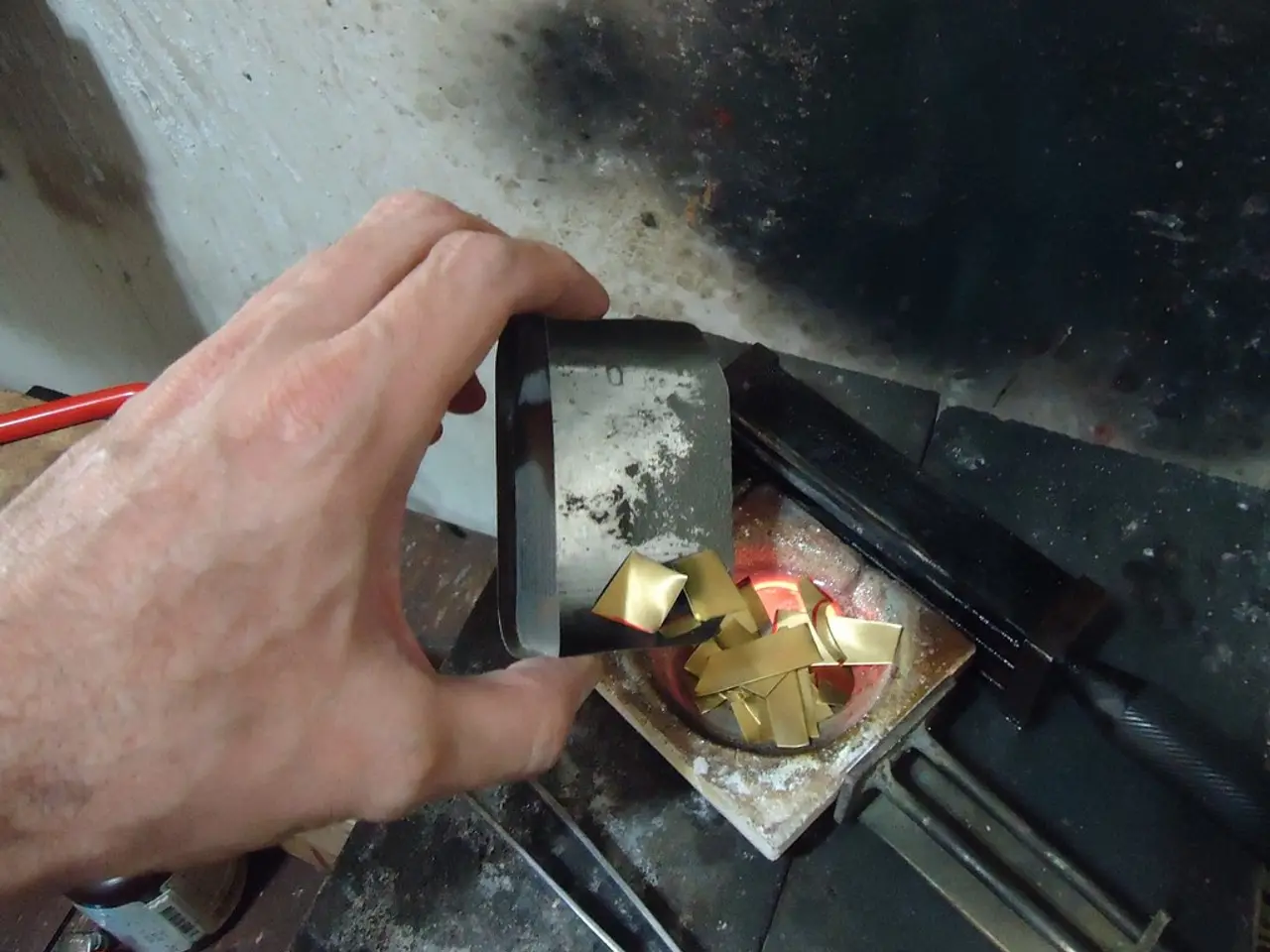Alternative Elements for Bulky Heat Exchangers: Budget Decrease through Advanced Materials
In the world of mechanical engineering, a revolution is underway as composite materials, such as carbon composites and silicon carbide ceramics, are now being used in large heat exchangers. These advanced materials offer superior thermal conductivity, corrosion resistance, and mechanical strength compared to traditional metals, leading to enhanced durability, performance in harsh environments, and energy efficiency.
This shift towards composites is set to bring about significant operational cost savings, despite their higher initial costs. While advanced composites like silicon carbide currently have higher upfront material costs than metals, their exceptional longevity and resistance to corrosion result in a lower total cost of ownership, especially in aggressive chemical processing applications.
For instance, silicon carbide heat exchangers have demonstrated superior durability in corrosive environments such as sulfuric acid processing, reducing replacement frequency and maintenance expenses. The lightweight nature of composites also contributes to energy savings in applications sensitive to weight, such as automotive systems, by improving fuel efficiency. Predictive maintenance driven by AI reduces unexpected downtime by up to 30%, further cutting operational costs.
Key highlights of this transformation include:
- Silicon carbide ceramics exhibit thermal conductivities between 120-200 W/m·K and withstand pressures above 150 psi, making them suitable for shell-and-tube and block heat exchangers in harsh industries.
- Carbon composites and nanocoatings enhance thermal conductivity and durability, boosting heat exchanger life span and efficiency.
- 3D printing of composite components allows customized, optimized designs that improve performance while potentially lowering manufacturing costs.
- AI-powered systems provide real-time process adjustments and predictive maintenance, reducing energy consumption and downtime by approximately 30%.
The benefits of composite materials extend beyond just the energy sector. In the chemical processing industry, composites can resist corrosion and abrasion caused by chemicals, extending the lifespan of heat exchangers and reducing maintenance costs. For HVAC systems, composite materials can improve energy efficiency and reduce the size and weight of heat exchangers, making them more cost-effective and easier to install.
The use of composite materials in heat exchangers can lead to significant cost savings over the lifetime of the heat exchanger due to reduced manufacturing, installation, maintenance, and transportation costs. Ongoing research and development are focusing on new composite materials and manufacturing techniques to improve the properties of the composites for heat exchanger applications.
As the adoption of composite materials continues to grow, particularly in the chemical processing, HVAC, and automotive sectors, we can expect to see further advancements in energy efficiency, durability, and cost savings across various industries. The future of heat exchangers looks promising, with composites paving the way for a more sustainable and cost-effective future.
[1] Composite Integration Ltd. Case Study: Oil and Gas Industry Maintenance Cost Savings [2] Advancements in Composite Materials for Heat Exchangers [3] AI and IoT Technologies in Heat Exchanger Optimization [4] Carbon Composites and Nanocoatings for Heat Exchanger Applications [5] Composites in Automotive Heat Exchangers: A Sustainable Solution for Lightweight, Fuel-Efficient Vehicles
- In the chemical processing industry, the integration of composite materials in heat exchangers can help reduce maintenance costs by resisting corrosion and abrasion caused by chemicals, thereby extending the lifespan of heat exchangers.
- The use of carbon composites and nanocoatings in heat exchangers can enhance thermal conductivity and durability, ultimately boosting the heat exchanger's lifespan and efficiency.
- As the chemical processing, HVAC, and automotive sectors increasingly adopt composite materials for heat exchangers, it is expected that advancements in energy efficiency, durability, and cost savings will be witnessed across various industries.
- Continuous research and development in composite materials for heat exchangers aim to improve the properties of composites, focusing on new materials and manufacturing techniques to optimize performance and potentially lower manufacturing costs.




